Rapid Prototyping
Rapid prototyping has quickly become an integral part of the manufacturing process. It has revolutionized the way products are designed and manufactured. While prototyping has always been a part of any product manufacturing cycle, rapid prototyping is a fairly recent concept. Additionally, rapid prototyping transformed into the development of 3D printing technology. And this has made it possible to quickly and easily create prototypes, which can be tested and validated for functionality, performance, and design.
Rapid or additive prototyping has become an essential part of the product development process, enabling companies to bring new products to market faster and at a lower cost.
In this article, we will take a look at the importance of rapid prototyping, its role in manufacturing, the various technologies used in prototyping, and its future.
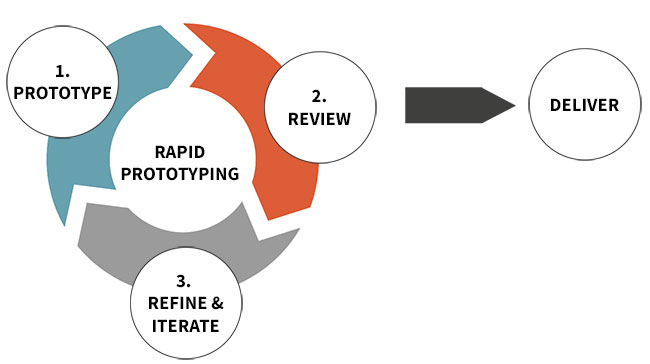
3D rapid prototyping
3D prototyping is the rapid or quick fabrication of a three-dimensional object or assembly from a computer-aided design (CAD) file. Rapid prototyping is an important step in the product development cycle because it enables designers and engineers to create and test prototypes quickly. These prototypes can be used for product testing, evaluation, communication, and feedback.
Traditional prototyping methods can take weeks or even months to produce a single prototype, whereas 3D printing can produce a prototype in hours or days. But whatever technology is used, the prototyping stage cannot be overlooked or ignored. It should be carried out with utmost care as any mistake in the prototyping stage can have a significant impact on the final product.
Importance of rapid prototyping in product development
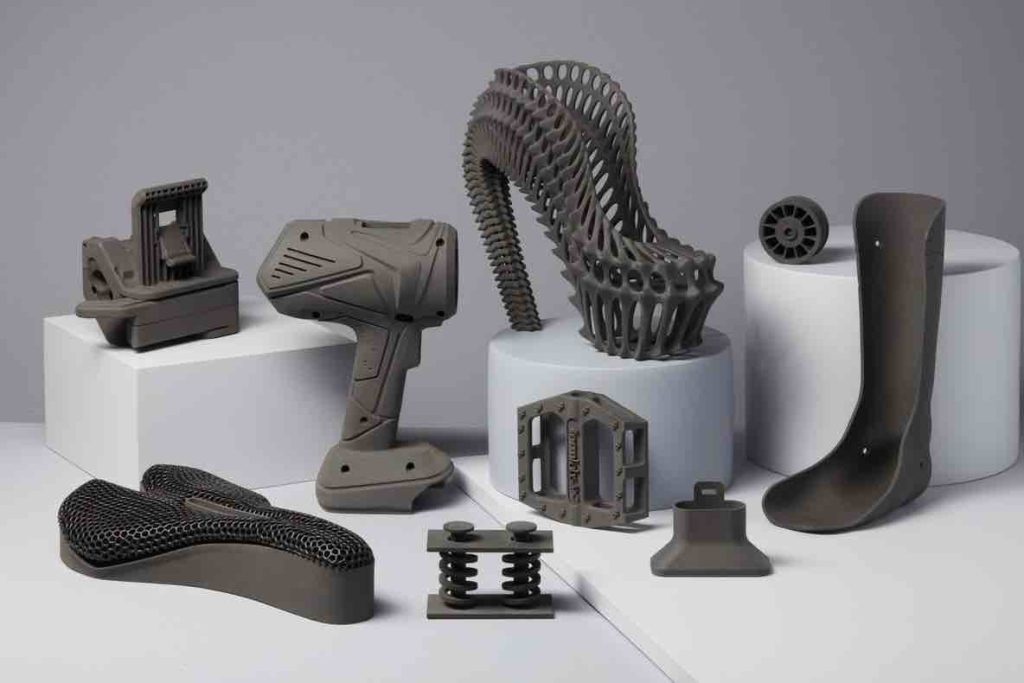
Key reasons why rapid prototyping is important in product development:
Early detection of design flaws: Rapid prototyping allows designers and engineers to identify design flaws early in the product development process. This reduces the likelihood of costly errors and reworks later in the development cycle. Designers can test and evaluate the product's functionality, ergonomics, and aesthetics by creating a physical prototype before moving on to the next stage of development.
Saves time and money: By reducing the number of iterations required to achieve a final design, rapid prototyping can help to save time and money. Designers can identify design flaws and make necessary changes before moving on to the next stage of development by creating a physical prototype early on. This reduces the likelihood of costly errors and rework later in the development cycle as explained earlier.
Communication and collaboration: Rapid prototyping can help team members, supply chain partners, and customers communicate and collaborate more effectively. Designers can more effectively communicate their ideas and gather feedback from others by creating a physical prototype. This can aid in ensuring that the final product meets the requirements and expectations of all stakeholders.
Testing and validation: Designers can use rapid prototyping to test and validate their product designs in a real-world setting. This can aid in the identification of potential problems with the product's functionality, durability, and performance. Designers can ensure that the final product meets the necessary quality standards by addressing these issues early in the development process.
Traditional Prototyping Methods
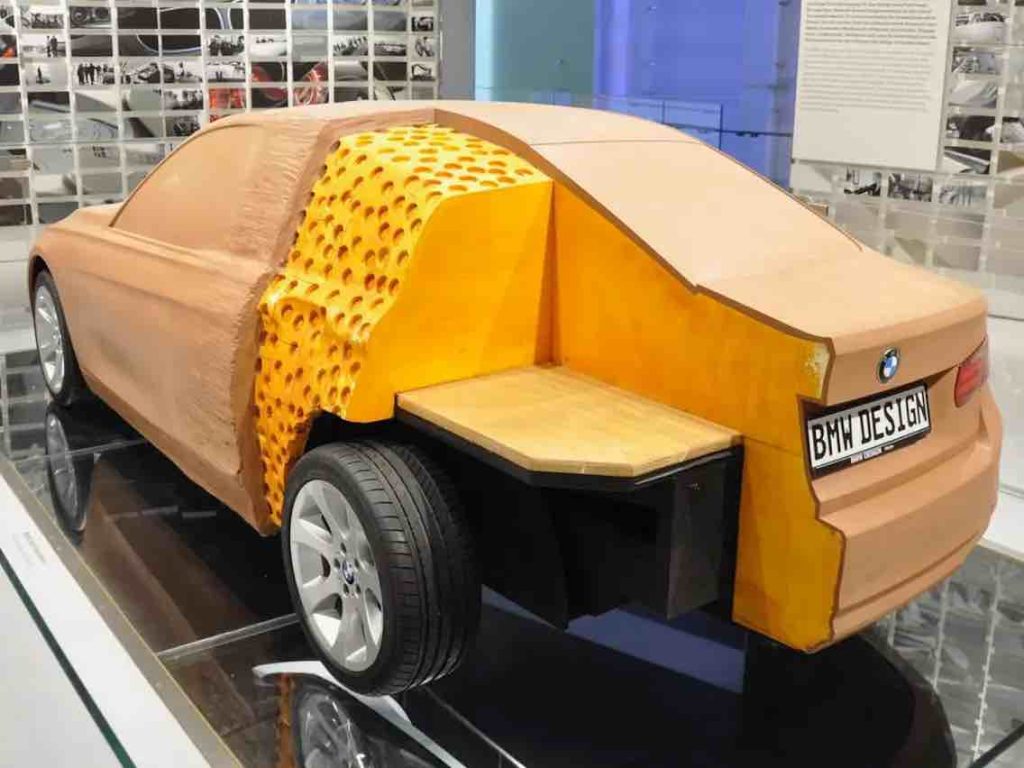
Prior to the advent of 3D printing, prototypes were made using various traditional methods. These methods included:
Handmade Models: Handmade models are created by skilled craftsmen using physical models of a product. This method is frequently used to create highly detailed and intricate prototypes.
CNC Machining: CNC (Computer Numerical Control) machining is the process of cutting and shaping materials using computer-controlled machines. This method is frequently used to produce complex parts and is still widely used today.
Vacuum Casting: Vacuum casting is the process of making multiple copies of a prototype using silicone molds. This method is frequently used to create small quantities of prototypes.
Injection Molding: Molds are used in injection molding to make multiple copies of a prototype. This method is ideally used to create larger quantities of prototypes.
Foam and Styrofoam Models: Prototypes are also made from foam and Styrofoam as these are lightweight. This method is often used for producing large-scale prototypes.
Limitations of traditional prototyping methods
Traditional prototyping methods, while widely used in the past, have a number of limitations. One of the most significant constraints is the time and money required to create a physical prototype. Traditional prototyping methods can take weeks or even months to produce a single prototype, causing the product development process to be delayed and costs to rise.
Another limitation is the inability to make changes to the design. After a physical prototype is created, changing the design can be difficult and costly. This can limit the design's ability to iterate and refine.
Furthermore, traditional prototyping methods may have material limitations. Injection molding, for example, is restricted to specific thermoplastics, whereas CNC machining may be restricted to specific metals and plastics.
3D Printing in Rapid Prototyping
The ubiquitousness of 3D printing in rapid prototyping is well known to everyone, everywhere. Traditional prototyping processes have largely been replaced by 3D printing technology. This is due to the numerous advantages of 3D printing in rapid prototyping. Below are some of them:
Advantages of using 3D printing for rapid prototyping
Speed of Prototyping: Rapid prototyping with 3D printing has several advantages including the speed with which a prototype can be created. 3D printing eliminates the need to produce a mold, which can take weeks or months. A 3D printer works on the principle of additively manufactured parts in a layer-by-layer form and thus can directly create a prototype in a matter of hours or days. This can drastically reduce the time and cost of creating a physical prototype.
Design Flexibility: Another advantage of 3D printing is the design flexibility it provides. As 3D printing technology constructs a prototype layer by layer, it is simple to make design changes and quickly produce multiple iterations of a design. This enables designers to test and refine their designs until they are satisfied with the end result.
Complex Geometries: 3D printing also enables the creation of complex geometries that would be difficult or impossible to create with traditional prototyping methods. Parts with intricate shapes and internal structures can be created using 3D printing, which can be useful in creating lightweight and efficient designs.
Comparison of 3D printing and traditional prototyping methods
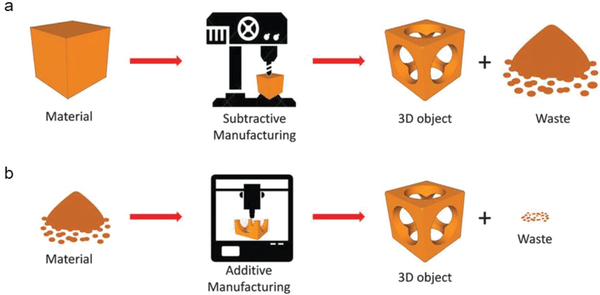
While traditional prototyping methods were once widely used, 3D printing is quickly becoming a popular choice for rapid prototyping. 3D printing has several advantages over traditional injection molding or machining methods, including speed, flexibility, and the ability to produce complex geometries. Furthermore, for small production runs, 3D printing can be more cost-effective, whereas traditional methods are generally better suited for mass production.
However, 3D printing has some limitations, such as the 3D printer's size and material constraints, as well as the need for post-processing to achieve a desired finish or accuracy. Furthermore, 3D printing can create a prototype that may not be identical to the final product in terms of materials and properties.
If you compare both these technologies, it is safe to say that rapid prototyping has been transformed by 3D printing technology, which provides designers and engineers with a faster, more flexible, and cost-effective way to create prototypes. While traditional prototyping methods have a place in mass production, the benefits of 3D printing for rapid prototyping are becoming more and more evident.
Types of 3D Printing for Rapid Prototyping
3D printing is not a single technology but a range of varying processes that operate on the principle of additively manufacturing parts in a layer-by-layer form. And thus, for rapid prototyping, typically three polymer printing technologies are employed. And each technology has its own unique advantages and limitations as we see below:
Stereolithography or SLA prototyping
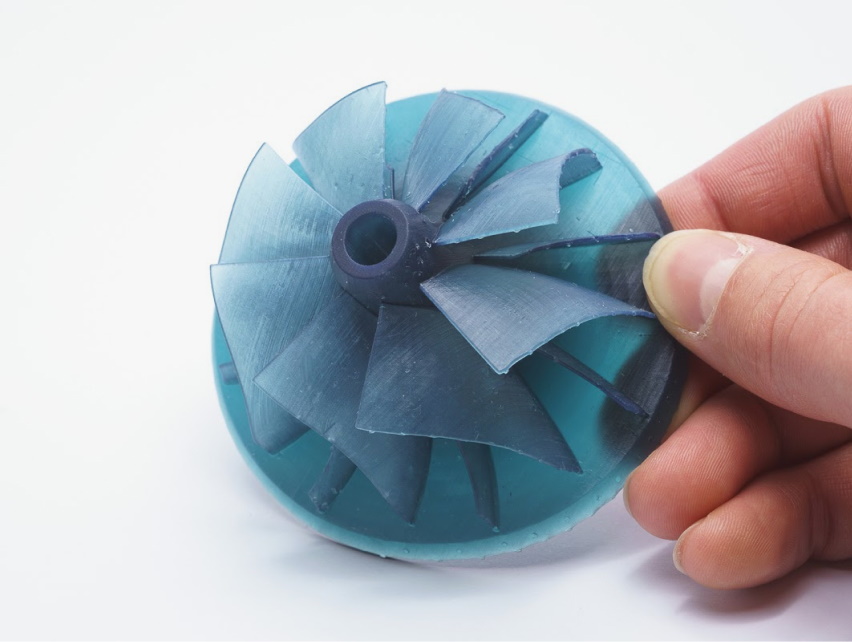
Stereolithography (SLA) is a 3D printing technology that cures a liquid resin material with a laser to form an object.
SLA prototyping is widely used and preferred in many industries, including automotive, aerospace, medical, consumer goods, and packaging. This is due to the benefits of its high resolution and accuracy. It is suitable for form-fitting, functional testing, and concept modeling. The majority of the parts can be directly tested for fitment and even analysis (like wind tunnel analysis) without any post-processing.
However, one significant limitation of this process is the narrow range of compatible materials.
Fused Deposition Modeling or FDM prototyping
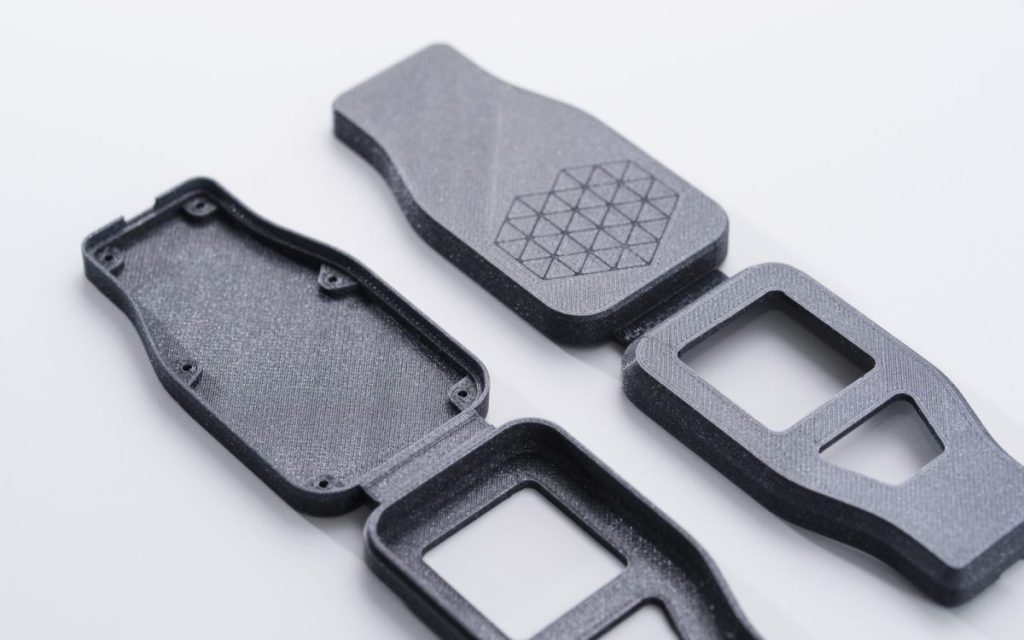
Fused Deposition Modeling (FDM) is a 3D printing technology that creates physical objects by melting and extruding thermoplastic filament through a nozzle.
FDM prototyping is widely used by a variety of industries owing to its numerous advantages, such as affordability, ease of use, and the ability to build comparatively larger-sized models than other 3D printing technologies. It's ideal for making large parts with moderate accuracy and a rough surface finish.
One significant limitation of this process is that the parts may have poor accuracy and rough surface finish and thus they will require post-processing.
Selective Laser Sintering or SLS rapid prototyping
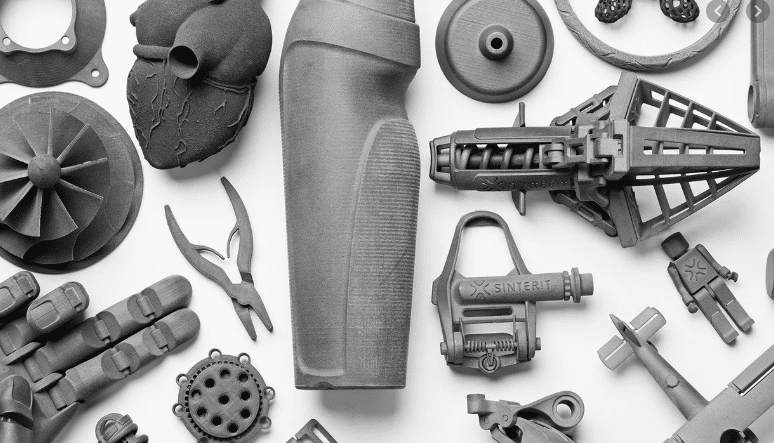
Selective Laser Sintering (SLS) is a 3D printing technology that uses a powdered material, typically a plastic or metal, that is melted together with a laser to create a physical object.
As SLS printers and materials are costly and these printers require more technical skill to operate, SLS rapid prototyping is used in only a few cases and only when the situation demands its use. Its benefits include the ability to build more complex parts, making it ideal for form-fitting tests, concept models, and presentation models. SLS is ideal for manufacturing parts with high accuracy and mechanical strength.
A major limitation to the use of SLS technology is its high cost, scarce material compatibility, and longer post-processing times.
The choice of technology to be used will be determined by a variety of factors like cost, size, complexity, materials, surface finish, accuracy, etc. And for this, it is important that designers and engineers know all the technologies quite well to make a sound prototyping decision.
Future of Rapid Prototyping with 3D Printing
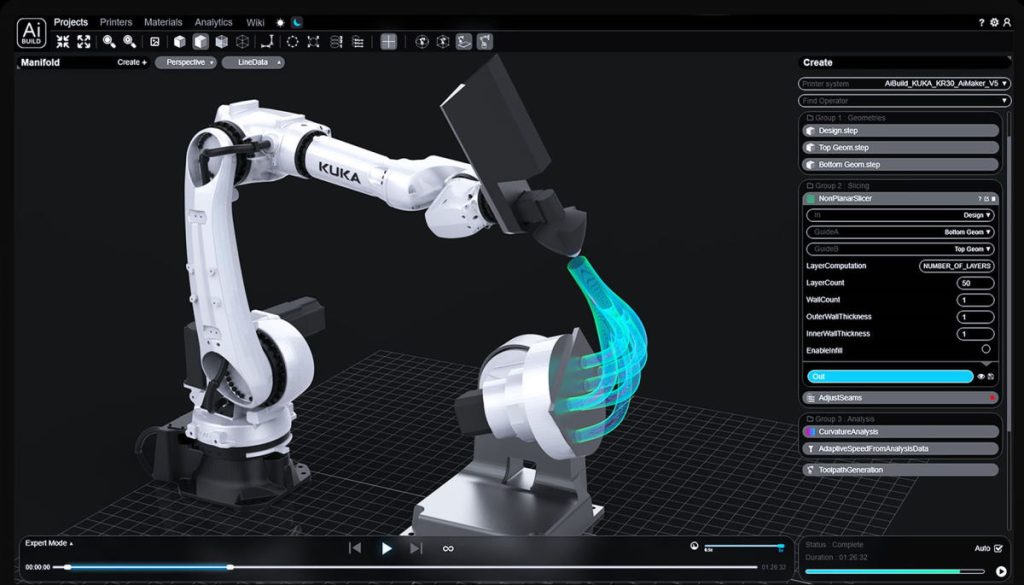
3D printing technology has advanced significantly over the years and is expected to do so further in the future. And as 3D printing advances, so will its application in prototyping.
Materials: Materials used in 3D printing are one area of advancement. FDM is still the most widely used technology today due to its low cost and comparatively larger material library. While metal 3D printing technologies have a larger material library, the cost of metal printing limits its applications to only a few. Ongoing research is being conducted to improve material compatibility for all 3D printing technologies, and we will soon be able to see an exponentially wider range of materials.
Growth in the material library will certainly boost the use of 3D printing for rapid prototyping.
Size and Speed: Another potential area of advancement is the size and speed of 3D printers. As technology advances, it may be possible to print larger and more complex objects in less time. This has the potential to greatly improve the efficiency of the rapid prototyping process.
AI Design: Finally, who can afford to miss out on software advancements? With AI becoming more common in most software applications, it won't be long before text-to-3D design software becomes available for designers, allowing them to create designs faster and better suited to 3D printing technology. This will tie into the iterative process as designers will spend less time designing objects from scratch reducing the time to modify designs, iterate, and build prototypes, and ultimately reduce the time to market.
Fast quotes win 3D printing business
3D printing began as a rapid prototyping tool for engineers to test, iterate, and develop better products more quickly and cheaply. We have seen massive advancements in how 3D printing technology is used for prototyping over, effectively, the last three decades since its introduction. From a single technology and a small material library, the technology has evolved into tens of new technologies that can print with hundreds of different materials and deliver better and faster prototypes. All the advancements in 3D printing have also helped the technology lower its costs.
If you are a service provider who provides 3D printing services or wishes to add the service, then you should check out 3D Quoter and give it a try. 3D Quoter is an automated instant quoting system that integrates into your existing website and helps customers quickly generate quotes for their prototyping jobs.
For prototypes, 3D printing has proven to be a superior alternative to traditional manufacturing processes, and it will continue to do so in the future. Though it is not yet mature enough to completely replace traditional technologies that are ideal for mass manufacturing, as technology becomes cheaper, better, bigger, and faster, rapid prototyping with 3D printing will become the norm rather than an alternative. And you should not miss out on customers who want to switch to 3D printing and want faster quotes and delivery of orders.
